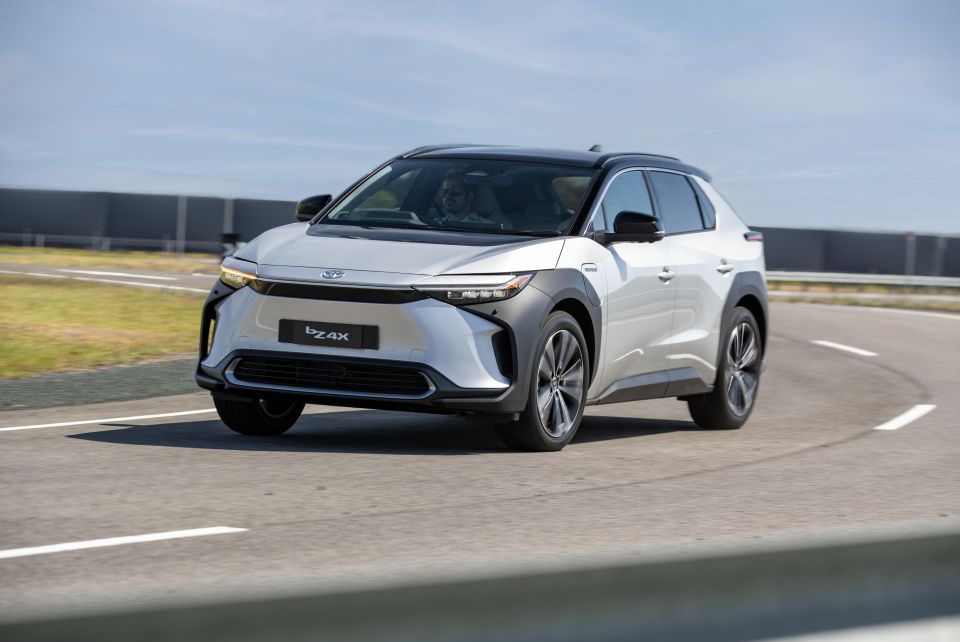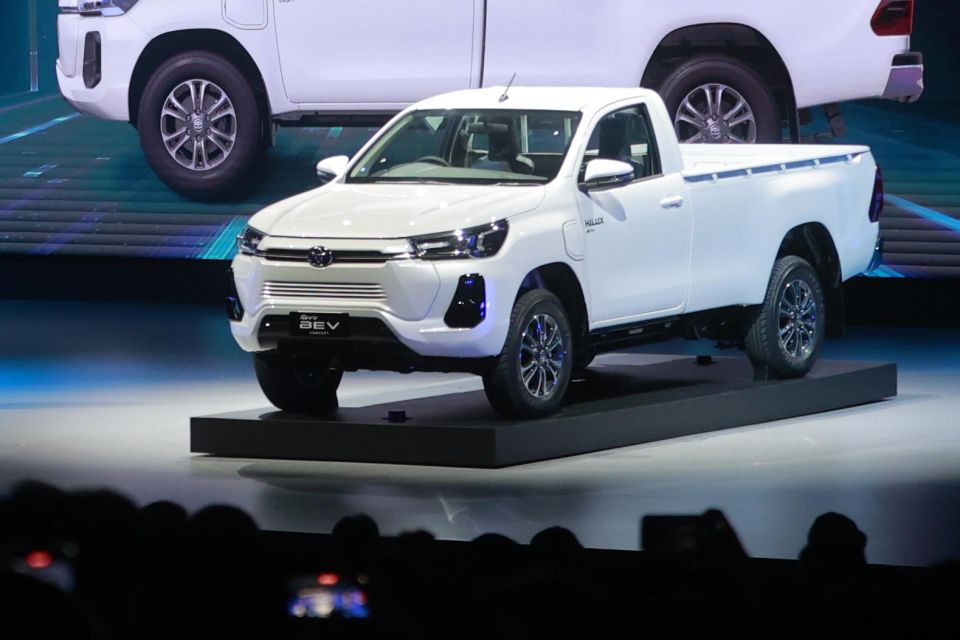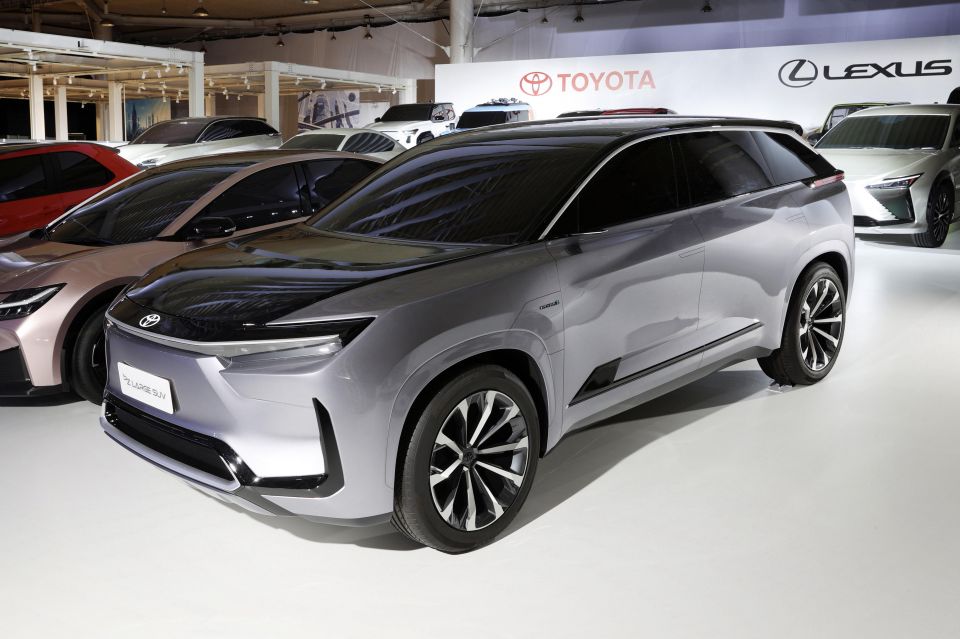

Matt Campbell
2025 Porsche 911 Carrera T review
6 Days Ago

Journalist
As expected, new Toyota CEO Koji Sato is kicking the automaker’s EV plans up a notch or two, or so it seems.
In his first press conference since taking the reins on April 1, Sato-san said the company was planning to launch 10 new EVs between now and 2026. By 2026, the automaker is expecting to sell 1.5 millions EVs per year.
Last year Tesla, the world’s leading manufacturer of EVs, sold 1.31 million cars worldwide.
According to numbers compiled by Automotive News, Toyota sold 24,466 pure EVs globally in 2022, which is a drop in the ocean — or 0.2 per cent — of the 10,610,604 vehicles sold by the company across its Toyota, Lexus, Daihatsu and Hino brands.
On the broader electrification front, Toyota moved over 2.6 million hybrids last year across its four marques, making up just shy of 25 per cent of total sales.

Of the 10 new EVs promised by 2026, two will be models developed specifically for China to “fit to the local needs”.
Another will be a three-row crossover to built in the US from 2025. This model will come with a locally-sourced battery in order to maximise its qualification for federal EV tax credits.
For Asia and other emerging markets, Toyota is planning to produce “battery EV pickup trucks” — likely an EV variant of the popular HiLux ute, possibly based on the HiLux Revo EV concept teased in December — as well as “launch a small battery EV model”.

Many of the 10 new EVs will be based on the e-TNGA architecture that underpins the Toyota bZ4X and Subaru Solterra crossovers, Lexus RZ, and the China-only Toyota bZ3 sedan, which uses BYD motors and BYD Blade batteries.
It’s unclear, right now, how many of the 16 EV concepts unveiled in December 2021 will now make it into production. These concepts were part of an announcement committing to a total investment of 4 trillion yen ($45 billion) in electric car and technology development by the end of 2030. At that time, Toyota was targeting 3.5 million EVs per year by 2030.
Lexus will head the automaker’s EV charge. Not only will it become an exclusively EV brand by 2035, it expects to sell 1.0 million EVs per annum by 2030.


While the 1.5 million EVs per year target by 2026 seems incredibly ambitious at first glance — especially given all the trouble every manufacturer, both new and old, has gone through to ramp up EV production — Toyota says it has been part of the plan for a while.
According to Yoichi Miyazaki, Toyota’s chief financial officer, the automaker only wanted to publicly reveal the figure after securing enough battery supply.
As it grapples with making its 1.5 million EV target a reality, Toyota is also busy working on a new architecture that will feature “double [the] driving range by using batteries with far greater efficiency”.
Coupled with this, the firm will overhaul its much vaunted Toyota Production System to cut the number of processes by half, flagging changes including “autonomous inspections and unmanned transport powered by connected technology”.

With today’s incredibly efficient manufacturing system, Toyota has an operating margin of around 10 per cent, one of the best among legacy car makers, but it pales in comparison to the 20 per cent margin currently enjoyed by Tesla.
Toyota is aiming to have its manufacturing facilities carbon neutral by 2035, and of these manufacturing changes will be overseen by a new division within the company.
Despite its renewed interest in EVs, Toyota remains committed to other forms of electrification, primarily hybrid and plug-in hybrid (PHEV) especially in parts of the world which aren’t ready for EVs. With improved battery efficiency, Toyota plans to double the EV driving range of its PHEV models to 200km.
It also isn’t giving up on fuel cell vehicles (FCEVs) either, but “will pursue mass production centered on commercial vehicles”.
Where expert car reviews meet expert car buying – CarExpert gives you trusted advice, personalised service and real savings on your next new car.
Derek Fung would love to tell you about his multiple degrees, but he's too busy writing up some news right now. In his spare time Derek loves chasing automotive rabbits down the hole. Based in New York, New York, Derek loves to travel and is very much a window not an aisle person.


Matt Campbell
6 Days Ago


James Wong
5 Days Ago


Max Davies
3 Days Ago


Josh Nevett
2 Days Ago


Josh Nevett
2 Days Ago


Paul Maric
16 Hours Ago